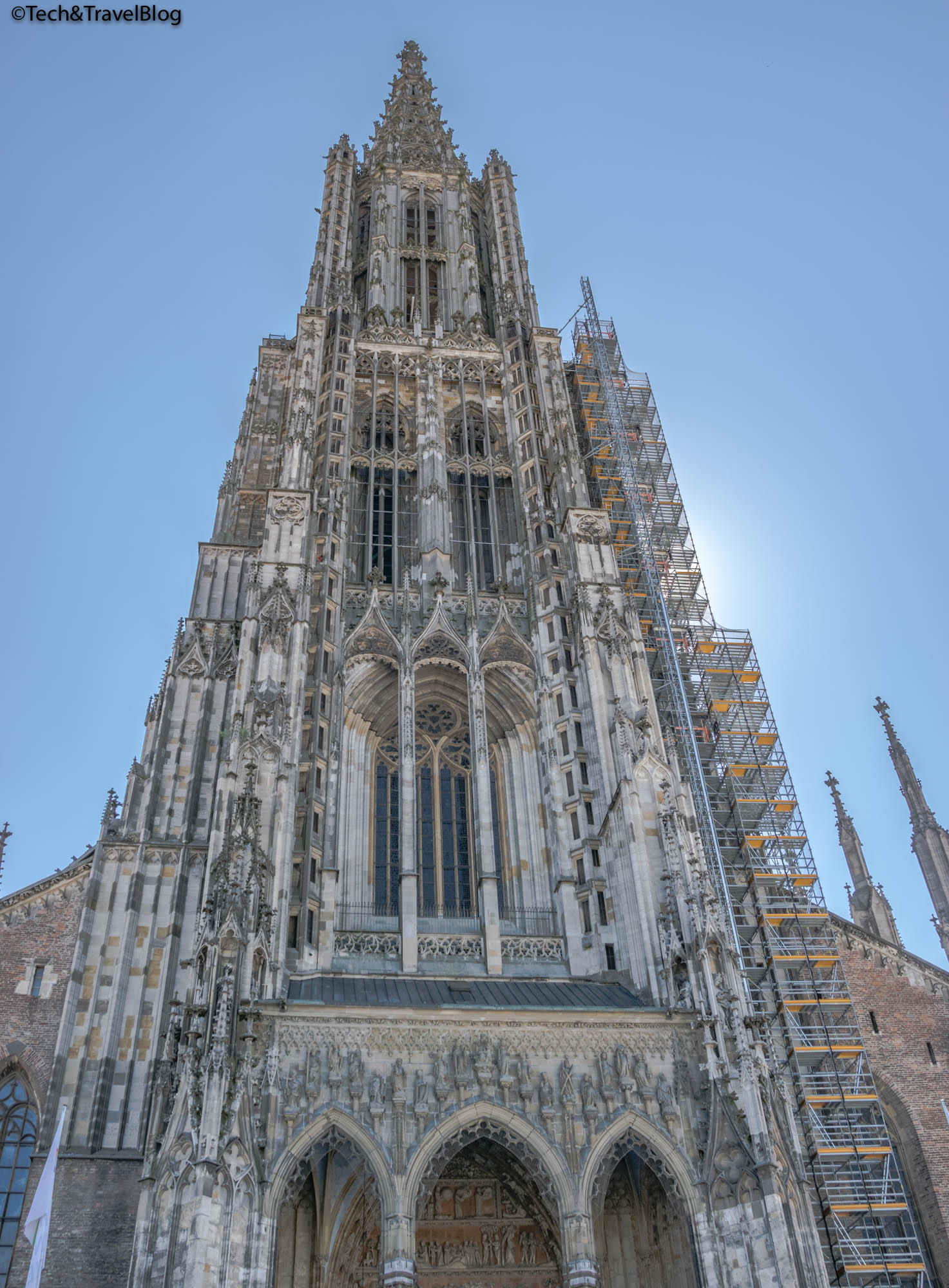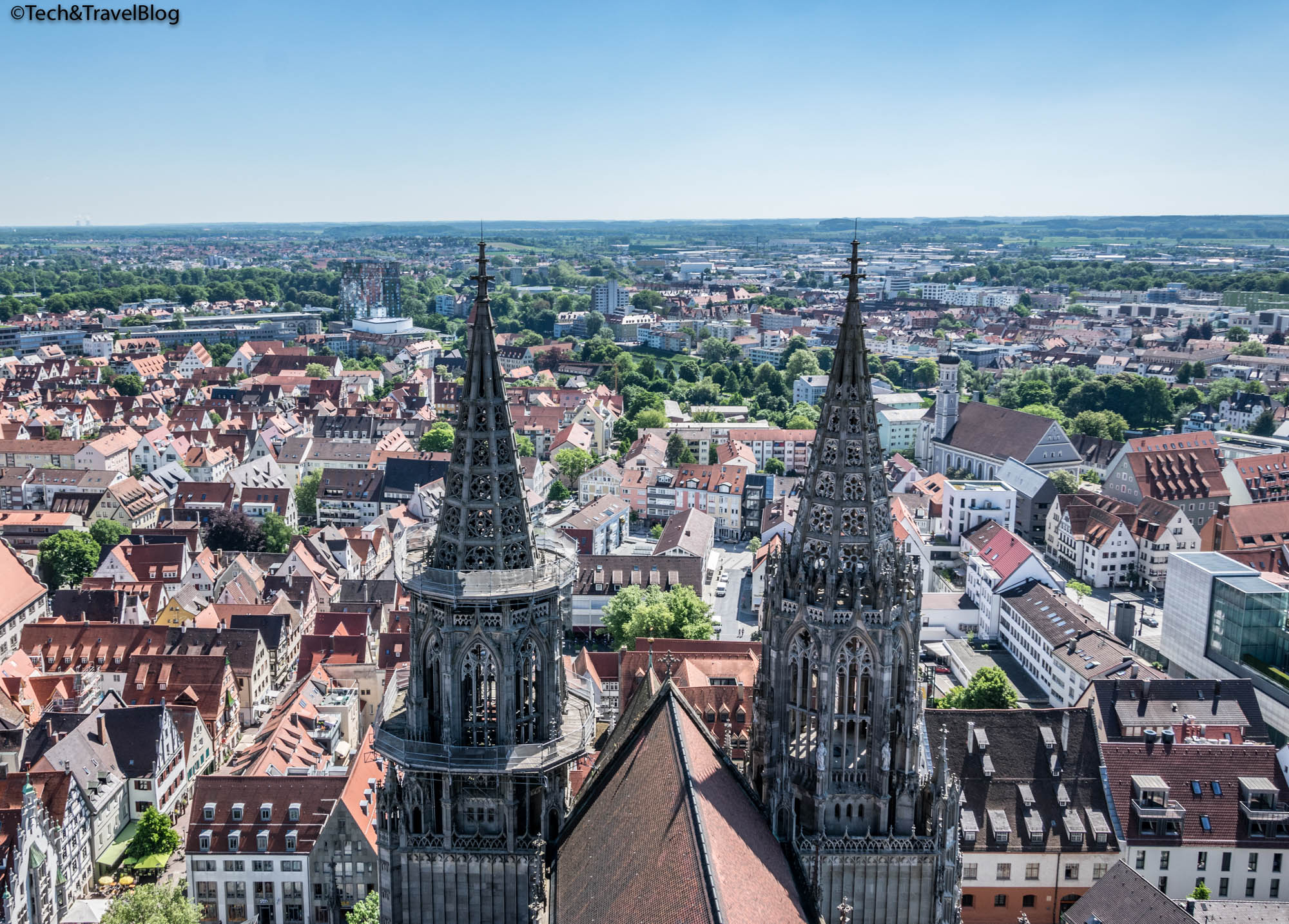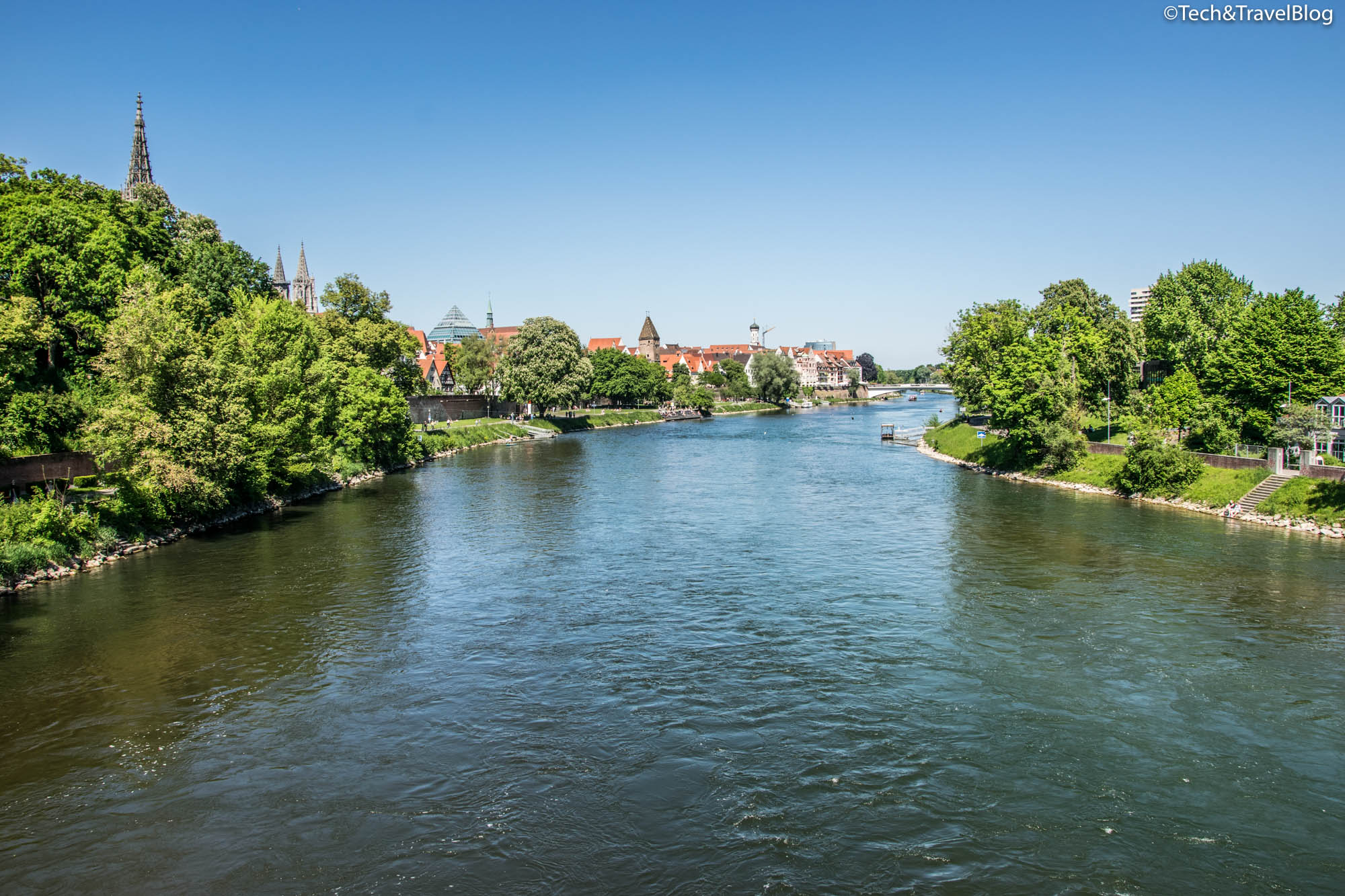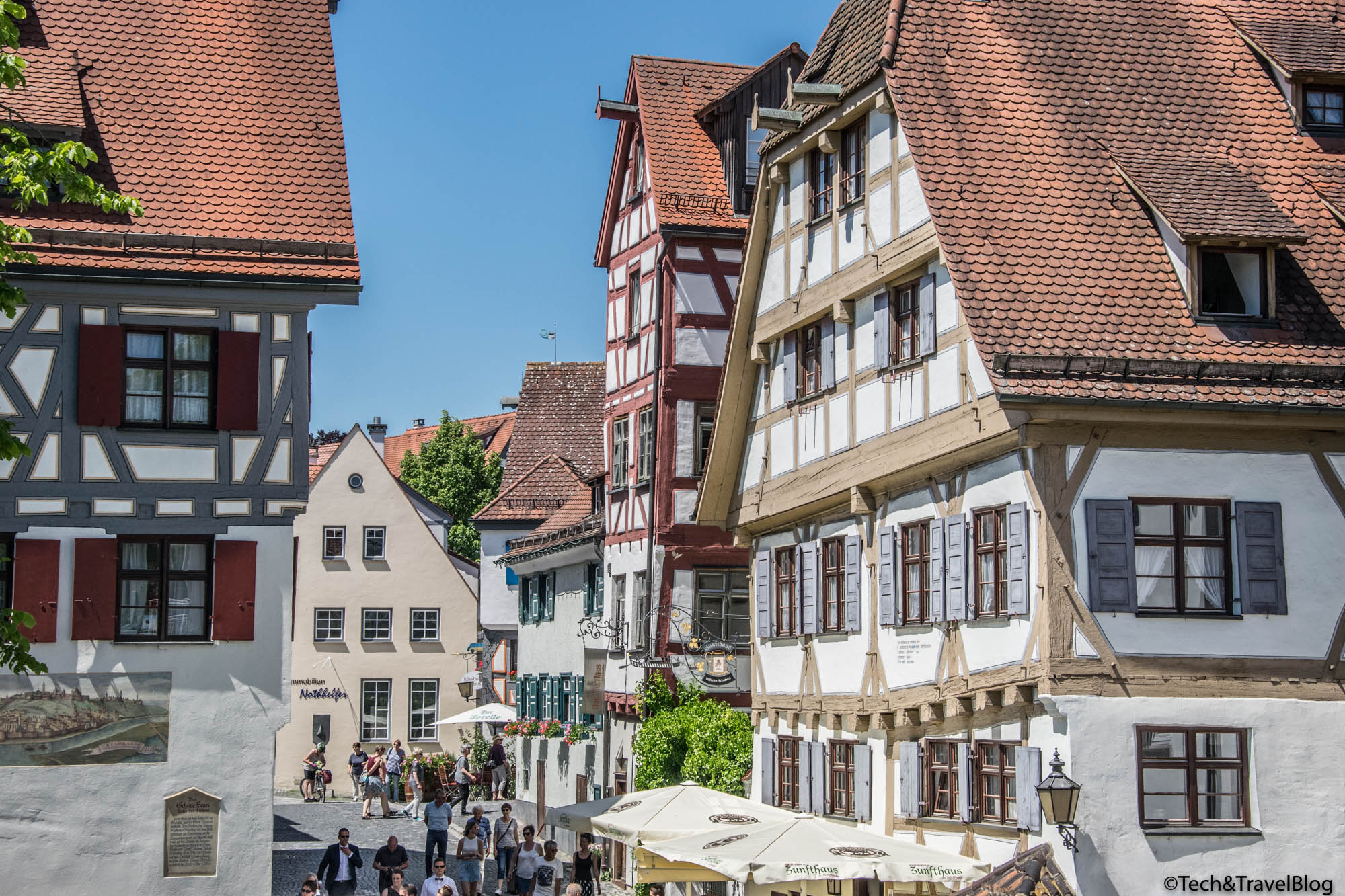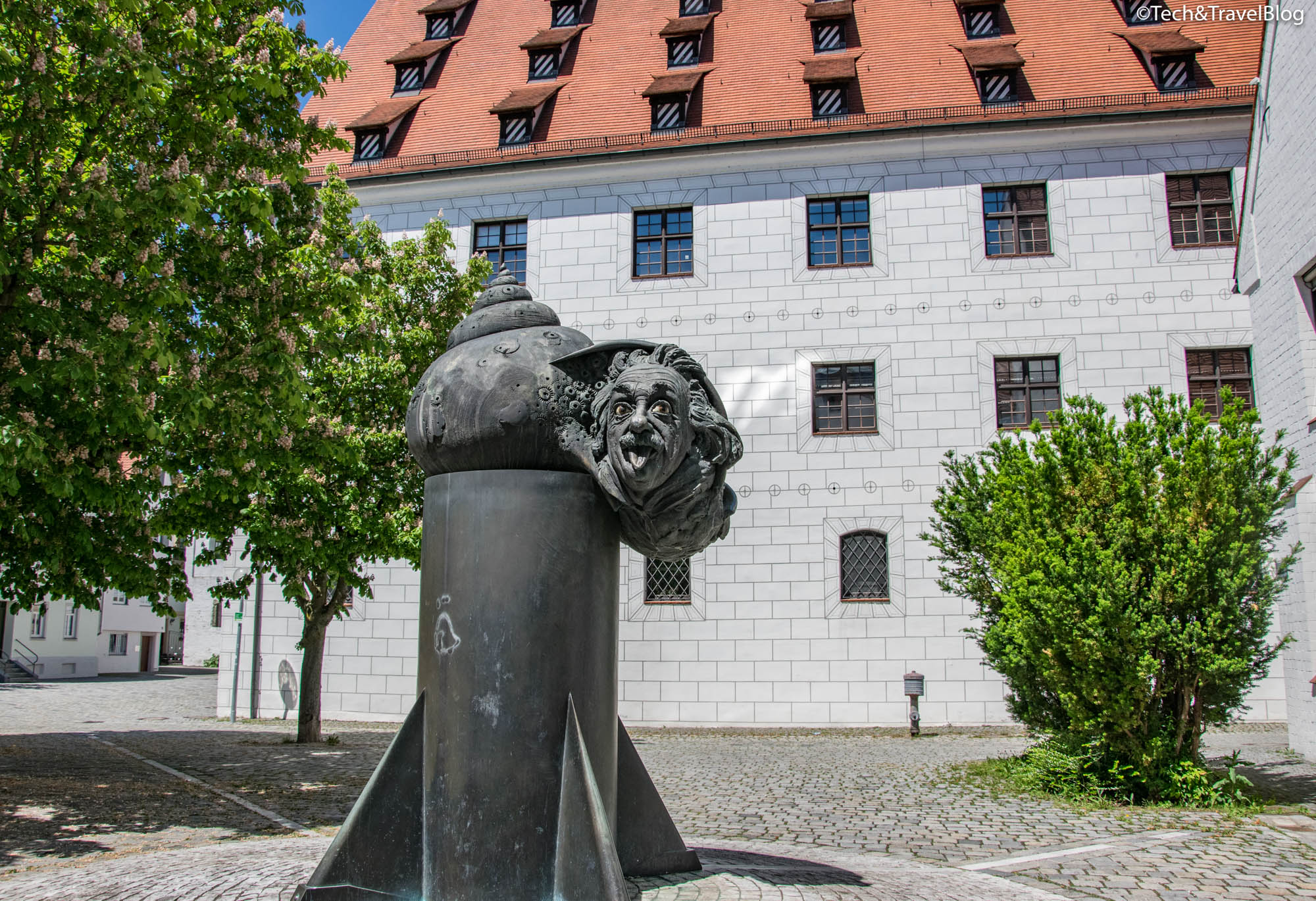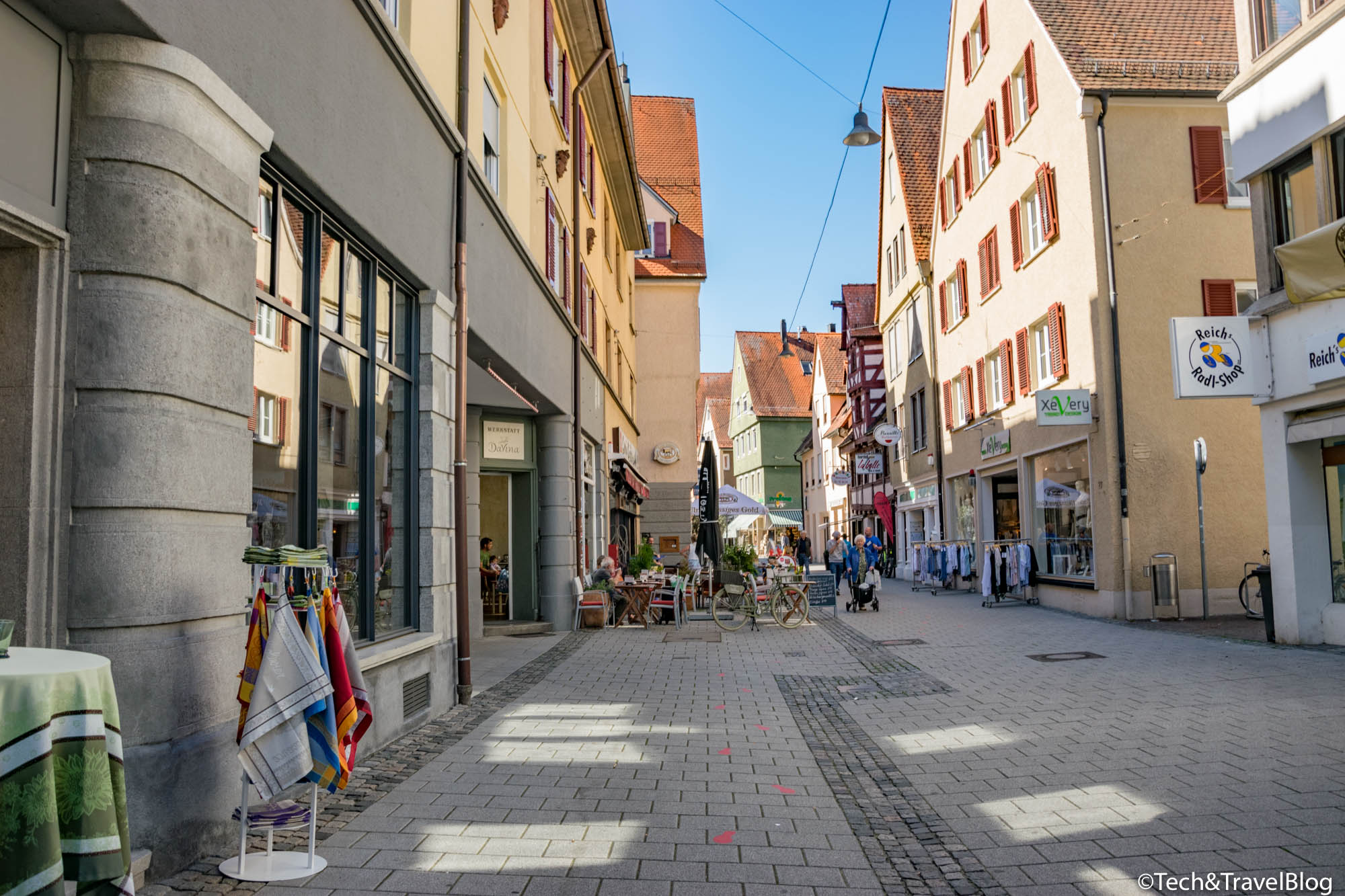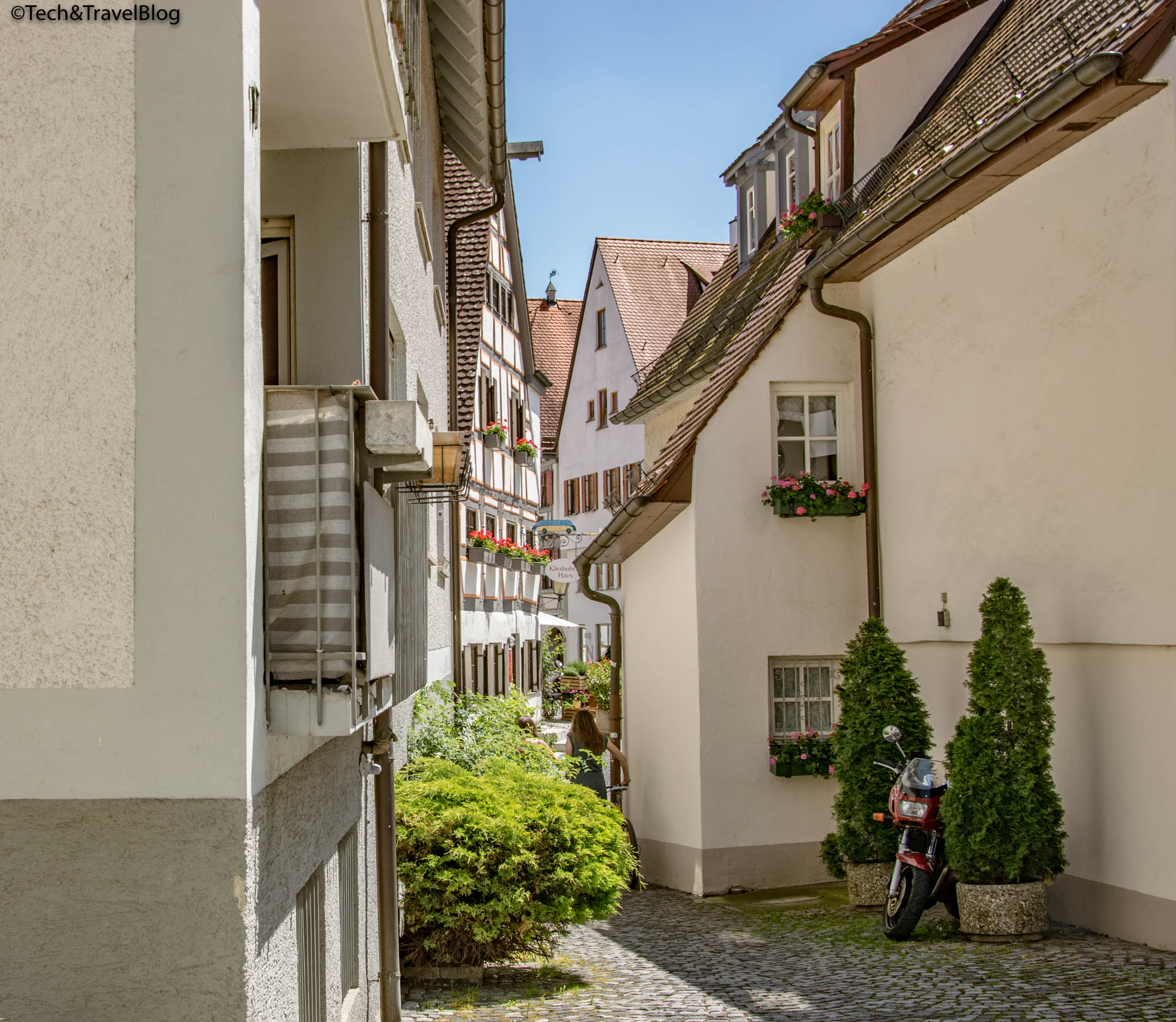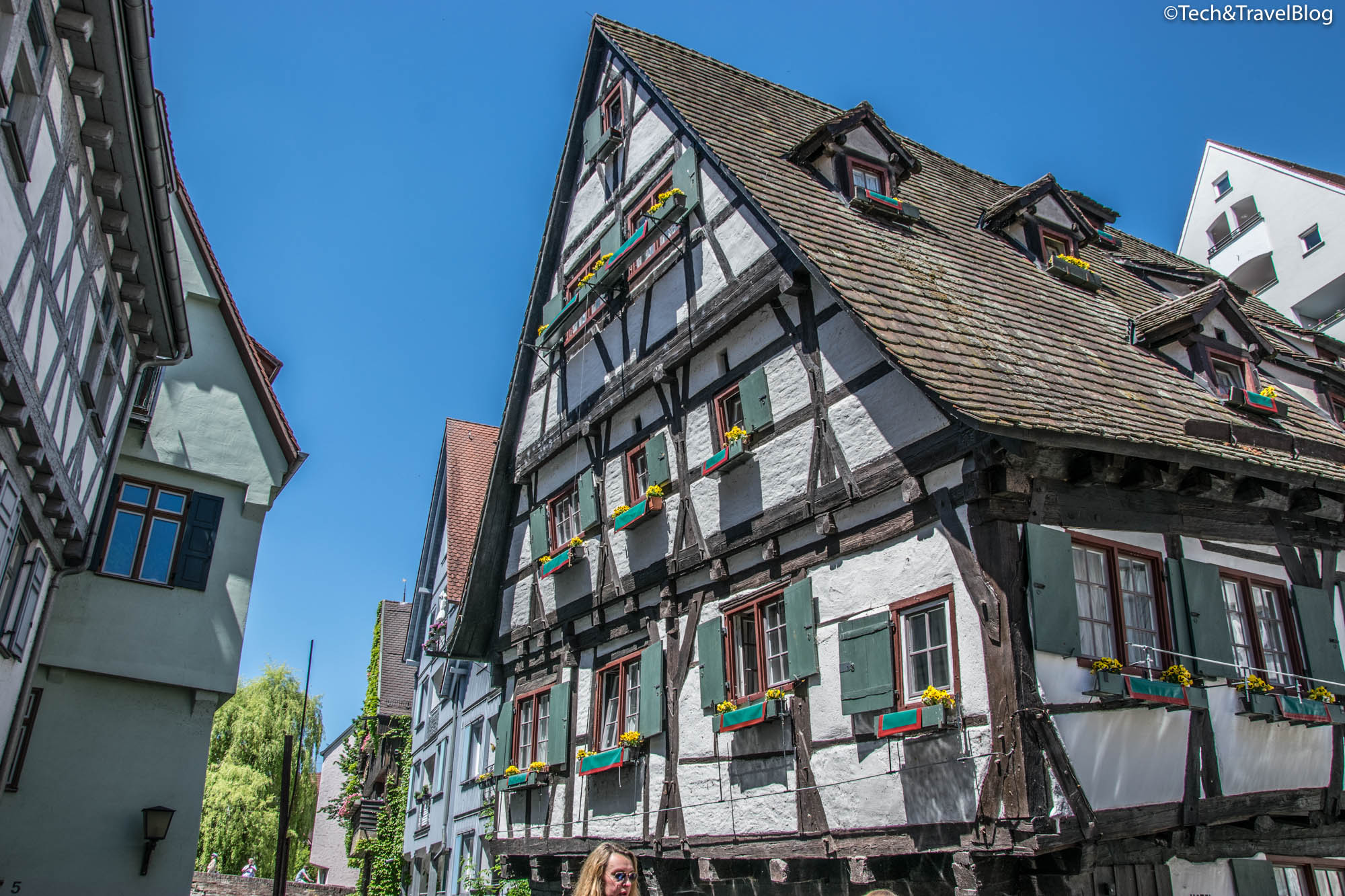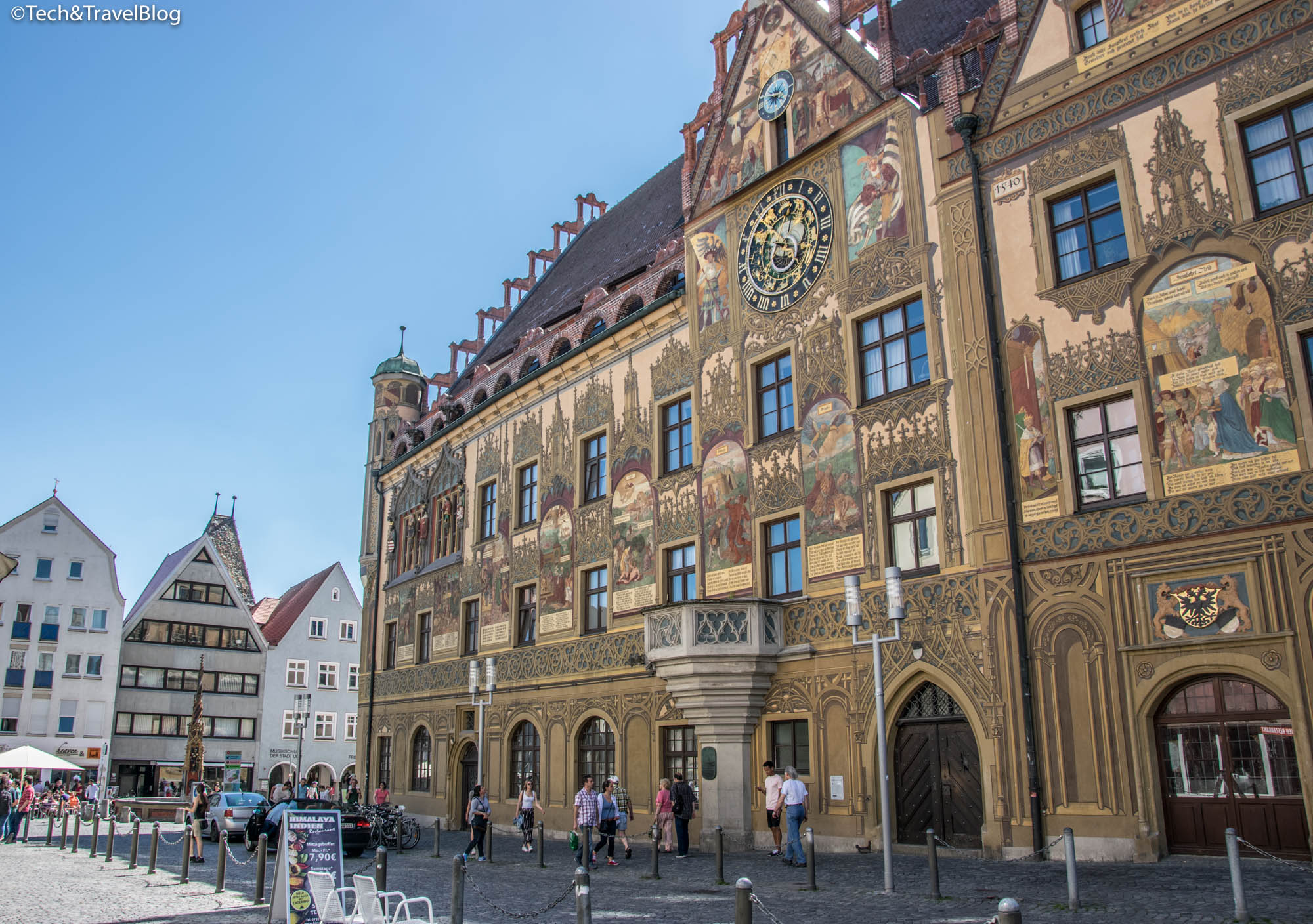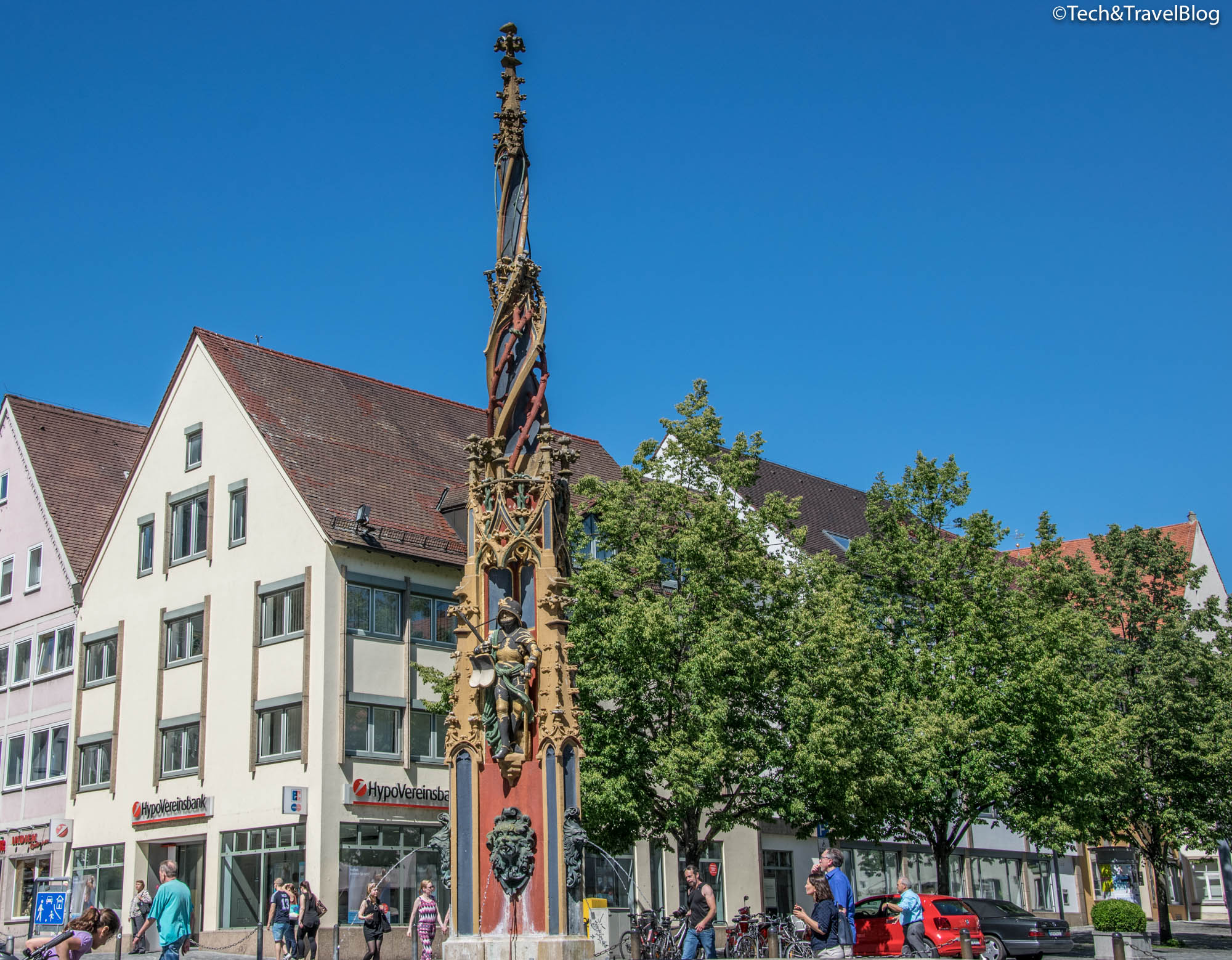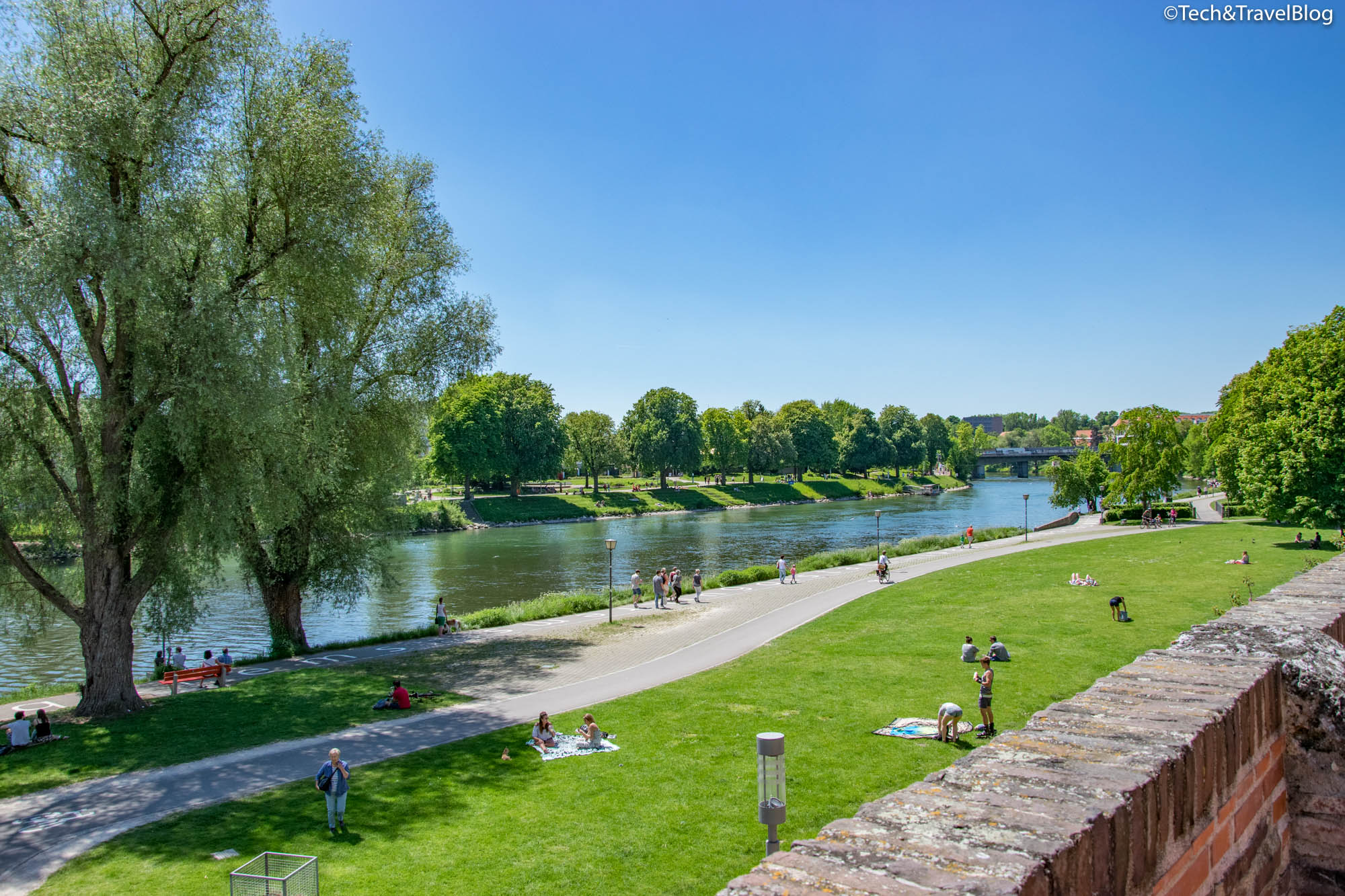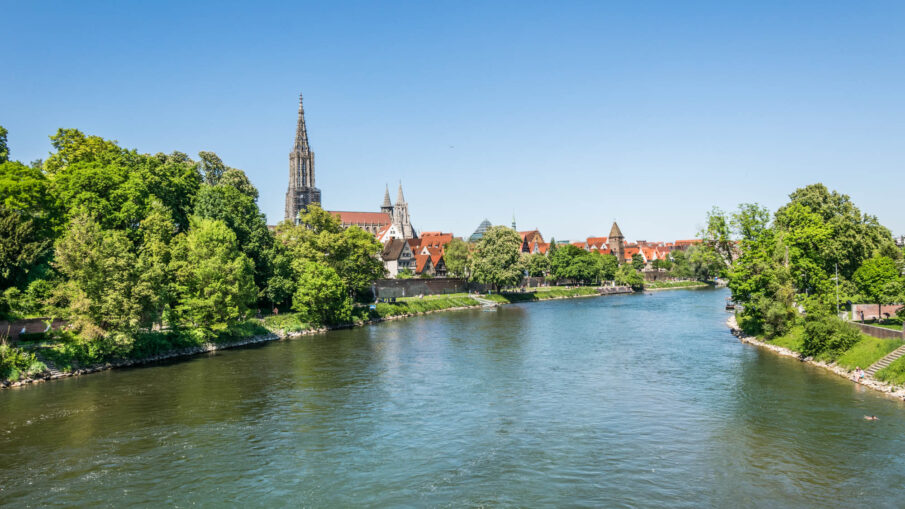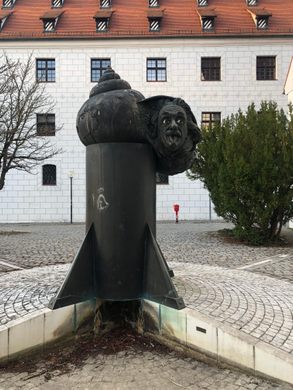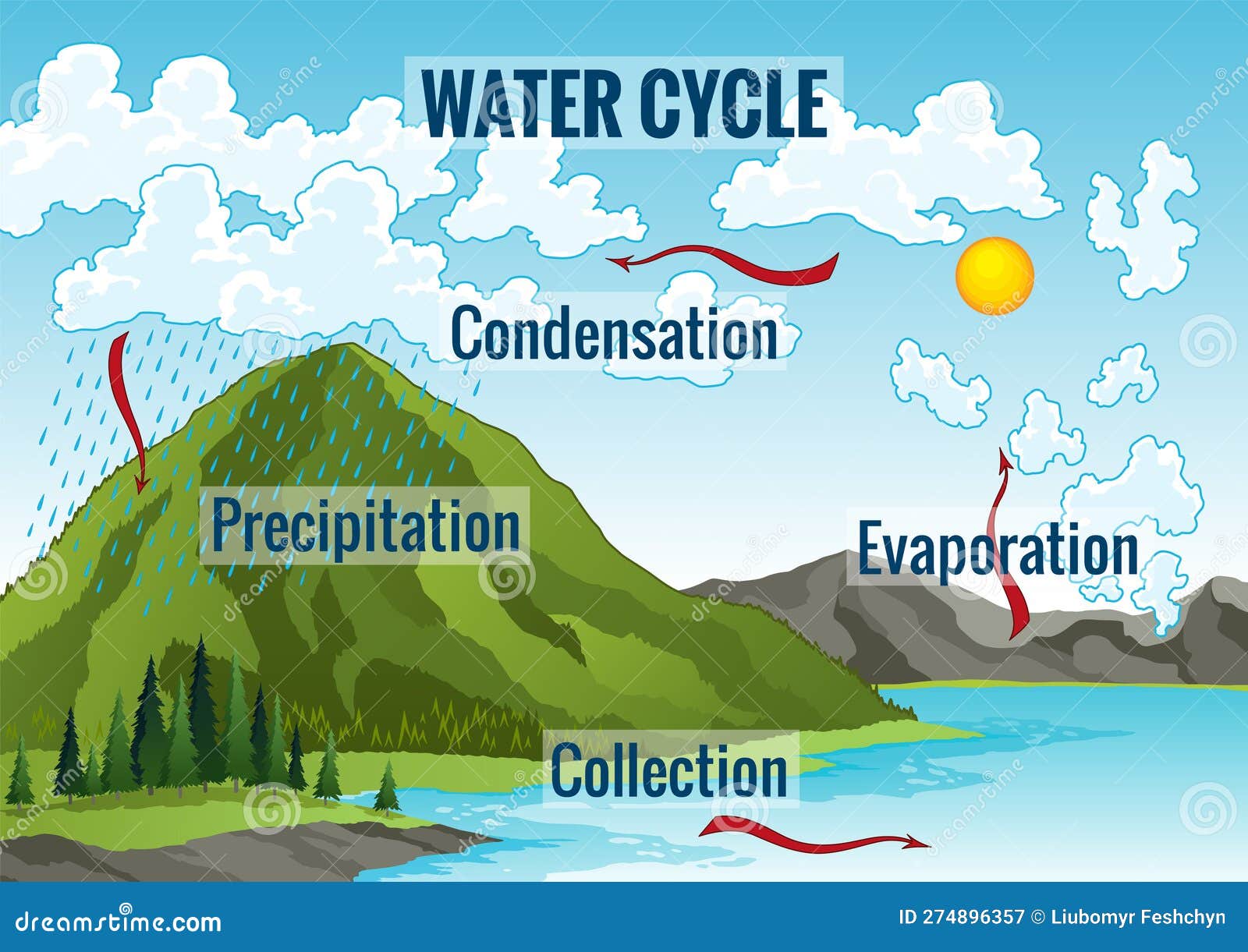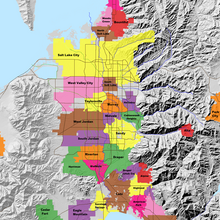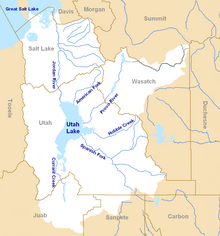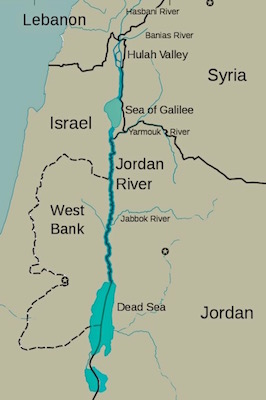Modeling relativistic fluids and the phenomena associated with them – from supernovae and jets to merging neutron stars
Hydrodynamics or fluid dynamics is the study of the behaviour of fluids such as water and air – water flowing down a canal, but also, for instance, air flowing around an airplane fuselage. The term relativistic hydrodynamics (or relativistic fluid dynamics) refers to the study of flows in the arena of special or of general relativity. Special relativity will come into play when the velocities attained by certain portions of the fluid or by the fluid as a whole approach the speed of light. General relativity comes into play when there are sufficiently strong gravitational fields – either because the fluid’s environment features such fields, or because the mass and energy of the fluid are sufficient to generate their own strong gravity.
The flows we are accustomed to in daily life are a far cry from meeting either of the two conditions – even the flows encountered by a supersonic aircraft amount to no more than a fraction of a percent of the speed of light, and within the whole solar system, there are no really strong sources of gravity altogether. However, such extreme conditions, where hydrodynamics becomes relativistic, are routinely encountered by astronomers observing some of the most violent events in the cosmos.
In fact, almost any phenomenon astronomers observe in the context of what is suitably called high-energy astrophysics requires a relativistic description. In order to understand the dynamics and evolution of such phenomena (we’ll get around to some impressive examples, below), astrophysicists usually resort to mathematical models which incorporate relativistic hydrodynamics as a key building block.
The challenge of relativistic hydrodynamics
The equations describing relativistic hydrodynamics are remarkably complex. In addition to Einstein’s description of gravity, space and time – which entails equations that are already quite complex all by themselves – they must also incorporate proper models for the properties and behaviour of matter, for instance how it flows or reacts to external pressure. For very idealised situations it might be possible to do the calculations by hand, writing down explicit formulae describing the dynamics. An example would be the collapse of a shell that is perfectly spherical (and thus perfectly symmetrical) and made of matter which has very simple properties, dust, for instance, which has no internal pressure to resist gravity, and which thus collapses readily to form a black hole. But for more realistic matter models, which are necessarily more complicated and without any assumption of symmetry, the only option left is to perform computer simulations, in other words: to use the techniques of numerical relativity.
Such simulations have become a powerful way to improve our understanding of the dynamics and evolution of the different kinds of relativistic flows encountered in physics. In particular, this is true for astrophysical systems which, given their size and mass, do not lend themselves to laboratory experimentation. Even so, in order to produce realistic simulations, it is necessary to push current computer technology and programming to their very limits. Indeed, progress in the field is closely tied to advances in the capabilites (such as speed and memory) of (super-)computers on the one hand, and to improvements in the design of ever more efficient and accurate simulation algorithms on the other.
Let us now take a quick tour of the astrophysical realm of relativistic hydrodynamics.
Collapse
We start with a paradigmatic example for the necessity of relativistic hydrodynamics: the collapse of the core of a massive star in the course of a supernova explosion, leading to the formation of extremely compact objects – neutron stars or possibly even black holes.
As the core of the star collapses, it reaches enormous densities – at peak values, matter is so compressed that a tablespoon full would have a mass of more than a hundred million tons – and the dynamic evolution is highly interesting, from the core literally bouncing back as the properties of matter change to the formation of travelling disturbances (shocks). During its fall, the matter can reach velocities up to 40 percent of the speed of light. For the collapse itself, Newtonian gravity and Einstein’s general relativity give markedly different predictions – in Einstein’s theory, gravity in the central regions is up to 30 percent stronger. This makes a relativistic description of hydrodynamics and gravity absolutely essential, especially in the case of a rotating inner core, where there is a delicate balance between the centrifugal forces associated with rotation and gravity’s inward pull. The following animation is based on a relativistic simulation of a collapsing stellar core:

[Image: AEI/ZIB/LSU. Animation size 942kB; please allow time for loading.]
Download movie version (mpeg, 19MB) here
The colors encode the different densities; during the animation, you can see the formation of a red-orange region that is the neutron star. The red and green patterns projected onto an imaginary plane beneath the newly formed star towards the end of the animation represent the gravitational waves produced during the collapse.
As a result of the core bouncing back, the outer layers of the star are ejected. This starts off the supernova explosion with its massive increase in brightness that allows astronomers here on earth to observe these phenomena even when they happen in other galaxies! The debris of the explosion makes for beautiful astronomical objects such as the supernova remnant N63a in one of our neighbouring galaxies, the Large Magellanic Cloud:

[Image: NASA/ESA/HEIC/Hubble Heritage Team (STScI/AURA)]
Core collapse is not the only way to make a supernova. Alternatively, we might be dealing with a White dwarf star – the remnant of a low-mass star like our Sun – capturing matter from an orbiting companion. Once a critical mass is reached, the White Dwarf will disintegrate in a thermonuclear explosion, leading to what astronomers call a supernova of type Ia.
Relativistic jets
Another very common phenomenon where relativistic hydrodynamics comes into play is the formation of so-called jets – situations in which matter flows onto a compact body, and some of the matter being flung away in a pair of tightly focussed beams! If this happens around a compact object of a few or a few dozen solar masses, we have what is called a microquasar; if the central object is much more massive, with a couple of millions or even billions of solar masses, we are dealing with an active galactic nucleus. The following image shows an example, the radio galaxy 3C272.1. In the close-up, one can clearly see the two tight beams emitted in opposite directions from the central core:

[Image: NRAO/AUI/NSF]
In fact, in the jets of many extra-galactic radio sources associated with active galactic nuclei, it seems as if matter were propagating
faster than the speed of light! While this is just an optical illusion caused by matter moving near the speed of light, and almost directly towards or directly away from the observer, for this optical effect to occur, the jets’ flow velocities must be at least as large as 99% of the speed of light . One example, a blob of plasma (left) moving away from the core of an object called a blazar (an active galactic nucleus whose approaching jet is seen almost exactly head-on), is shown in the sequence below:

[Image: Piner et al., NRAO/AUI/NSF]
The object is the blazar 0826+243, and the plasma blob appears to move at 25 times the speed of light – while, in reality, it “only” moves at more than 99.9% of lightspeed.
Astronomers have made many high-resolution radio observations of jets, revealing a wealth of form and structure. Using the equations of relativistic hydrodynamics, together with the equations governing the dynamics of magnetic fields and the interactions of such fields with matter (“relativistic magneto-hydrodynamics”), it is possible to explain how these structures come about. In recent years, researchers have managed to perform quite detailed simulations of relativistic jets. An example can be seen in the animation below, which shows the evolution of a powerful jet as it propagates through the intergalactic medium:

[Image: Max Planck Institute for Astrophysics/L. Scheck et al. in Mon. Not. R. Astron. Soc., 331, 615-634, (2002).]
For the main structures observed in the simulations – for instance propagating discontinuities in the beam, and a hot spot at the head of the jet – astronomers can find counterparts as they observe extragalactic radio sources.
Gamma ray bursts
A relativistic description of gravity and of the dynamics of matter is also necessary in scenarios involving the gravitational collapse of massive stars (with masses of about 30 solar masses and higher) to form black holes, or during the last phases of the coalescence of two neutron stars which orbit each other. These two explosive events are believed to be the mechanisms responsible for the so-called gamma-ray bursts, the most luminous events in the universe short of the big bang itself. In particular, stellar collapse is considered the mechanism behind what are called “long” gamma-ray bursts, the bursts lasting for about 20 seconds, while neutron star mergers are regarded as responsible for “short” gamma-ray bursts, with a duration of only about 0.2 seconds. The following animation shows on the left a false colour image of the gamma rays received from the different regions of the whole sky, using data collected with NASA’s Compton Gamma Ray Observatory. As you can see, there is a bright flash in the top half which, at one time, is so bright that it dominates the whole of the image. This is one particular gamma ray burst; the curve on the right traces how the burst’s brightness changes over time:

[Image: NASA’s “Imagine the Universe!” website]
Since the gamma-ray bursts take place at a distance of billions of
light years from Earth, the fact that, even at that distance, they are visible as extremely bright phenomena implies that huge amounts of energy must be released – comparable to converting the
mass of our sun completely into gamma-rays over the course of a few seconds within a region of space no more than a couple of thousand kilometres across. There is general agreement, supported by observational evidence, that the gamma rays are not emitted in all directions (such as the emissions of a light bulb), but that they are focussed (such as the light from the beam of a lighthouse, which you only see if it is pointed directly at you). The focussing accounts for some part of their perceived brightness, and it would mean we observe only those gamma ray bursts whose light happens to be emitted exactly in the direction of the Earth. The mechanism for this focussing would be, once more, matter moving at relativistic speeds to form some kind of jet. Theoretical models estimate that the matter responsible for the gamma-ray burst emission must be travelling at more than 99.99% of the speed of light.
Simulations of how this movement comes about and causes an event as spectacular as a gamma ray burst are, once more, the province of relativistic hydrodynamics. For short gamma ray bursts, these simulations need to track the merger of two orbiting neutron stars. The following animation illustrates one such simulation, where each of the two neutron stars has 1.4 times as much mass as our sun:

[Image: M. Shibata, Tokyo University. Animation size 651kB; please allow time for loading.]
Download movie version (mpeg, 6.6MB)
here.
The final stage of the merger which is shown here would take about 3 thousandth of a second from start to finish. In the animation, the colors encode different densities, while the velocity of matter in different regions is represented by little arrows.
There is an additional aspect to all these astrophysical scenarios: The presence of both relativistic flows and massive yet compact objects turns them into prime candidates for the production of gravitational waves! The possibility of directly detecting these elusive ripples in the curvature of spacetime, and of extracting a wealth of new information from the data, is one of the driving motivations of present-day research in relativistic astrophysics – and faithful modelling of these situations using relativistic hydrodynamics is a key ingredient of successful gravitational wave astronomy!
Man-made relativistic flows
While natural flow processes here on Earth are a far cry from reaching relativistic speeds, there are indeed artificial – man-made – relativistic flows, namely in particle accelerators. One example is the Relativistic Heavy Ion Collider (RHIC) at Brookhaven National Laboratory in New York, which began operation in 2000, another the Large Hadron Collider (LHC) at CERN near Geneva, which is currently under construction.
In these facilities heavy ions – heavy atomic nuclei, for instance those of gold or lead, stripped of their electrons – are accelerated to ultra-relativistic velocities and made to collide with one another. At RHIC, the projectiles travel at typical speeds of 99.995% the speed of light – at such speed, the relativistic mass of a moving object is more than a hundred times larger than its mass at rest! After the LHC has started its operations in late 2007, there will be the possibility for experiments in which the mass – and energy – will be increased by almost a factor of one hundred.
Heavy-ion collision experiments provide a unique way to compress and heat up nuclear matter, and to prove the existence of an exotic state of ultra-compressed nuclear matter, called a quark-gluon-plasma, which is predicted by the theory of strong nuclear interactions (quantum chromodynamics). They recreate, within a tiny region of space, conditions similar to those under which matter existed in the early universe, fractions of a second after the big bang.
Physicists use several techniques do describe what happens in these collisions. A number of results can be obtained by treating all the particles involved as separate objects. But for other calculations, it is much more useful to treat the dense, strongly interacting matter formed in the collision as a continuous fluid. Of course, given the energies involved, we need to take into account the effects of special relativity. As an example, the following animation shows results of a simulation of a jet – a particle stream produced in such collisions – propagating through a simplified version of such a fluid, producing a Mach cone similar to the sonic boom of a supersonic aircraft:

[Animation B. Betz, Goethe-Universität Frankfurt.]
Numerical simulations with relativistic fluid models have proved to be of great help in understanding certain aspects of these highly energetic heavy-ion collisions.
Further Information
